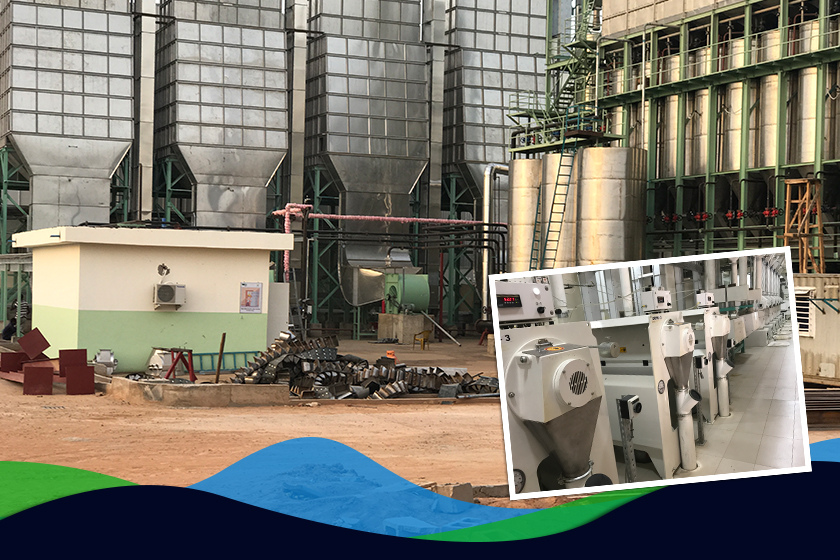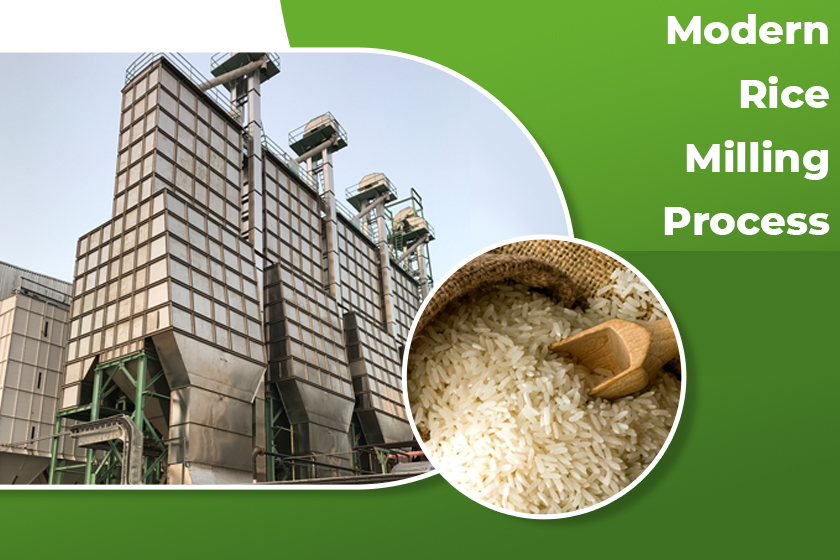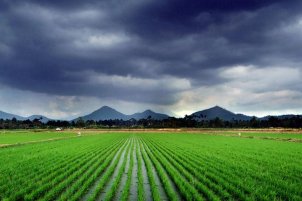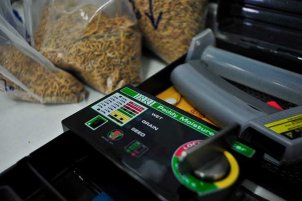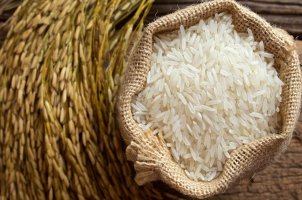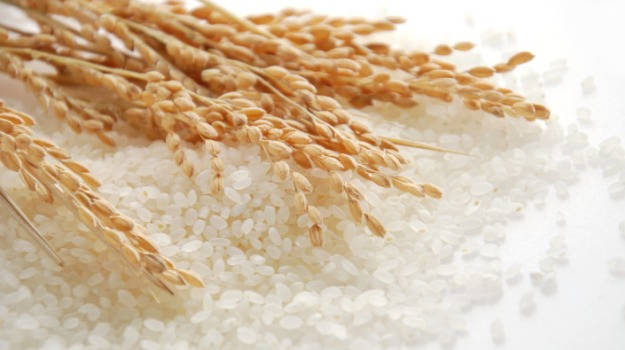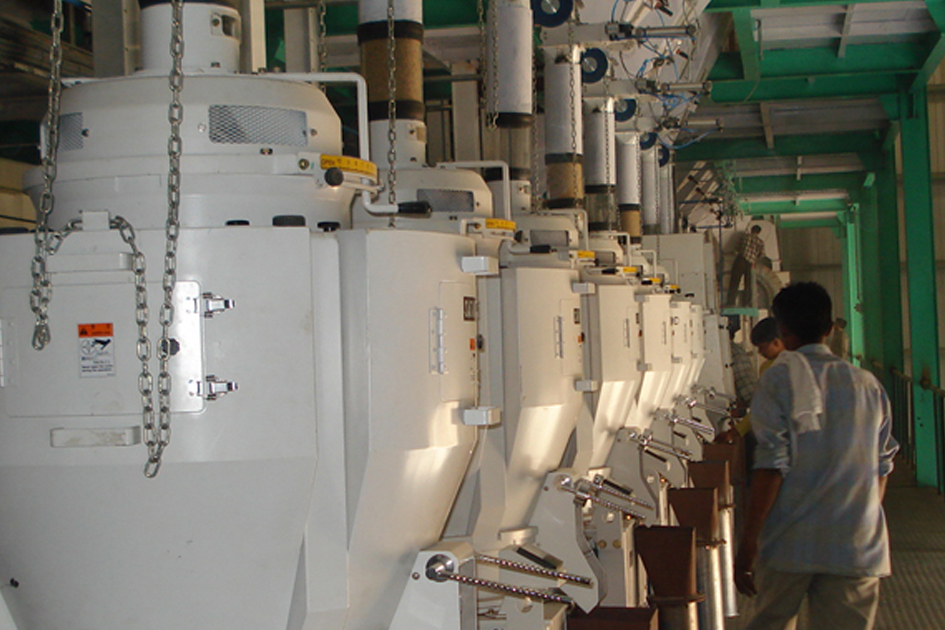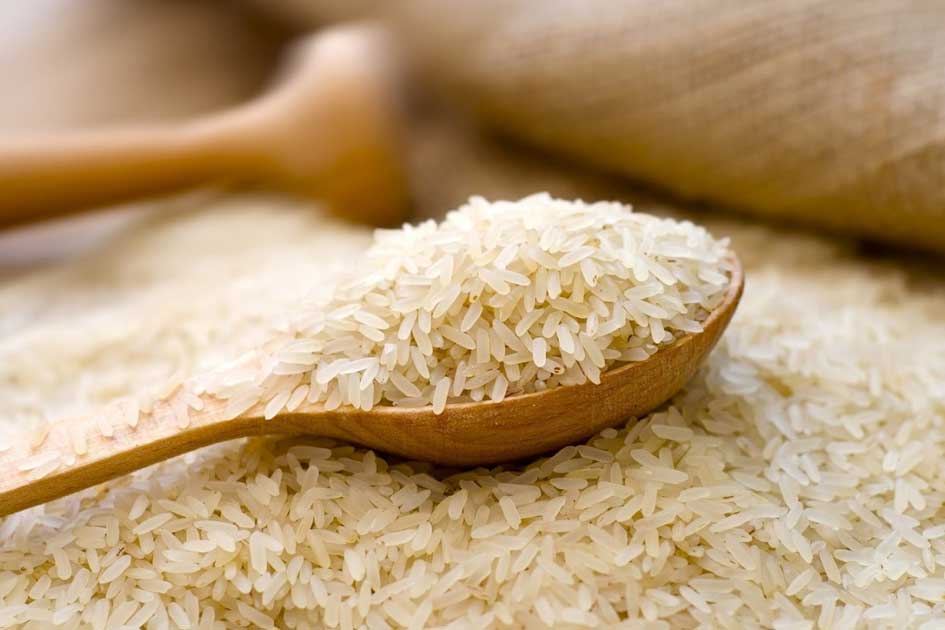Do you want to explore the major factors that affect milling quality? Then this guide can help you explore such production factors. In general, the quality of milling can be effectively influenced by any production factor that affects kernel strength. It is entirely responsible for the kernel to withstand the bran removal and hulling process without breaking apart.
Impact Of Rice Milling Yield:
The rice milling yield can be effectively quantified by two numbers such as 58/70.
Here the number 70 represents the milled rice yield. It can be determined by the total amount of white rice remaining after the milling and hulling process. You can calculate it by dividing the total mass of the milled rice by the original mass of rough rice before processing. Then it can typically range from 68 to 72% very effectively.
Then the number 58 represents the head rice yield. You can determine it by exploring the total amount of milled rice kernels that can become whole. Here the whole milled kernels can remain 3/4th or more than their original length.
The head rice yield can be effectively calculated by dividing the total mass of head rice by the original mass of rough rice. Here the head rice yield may vary from zero. It means that all kernels are broken based on the milled rice yield. It can be similar to 68 to 72% with no kernels broken.
Explore Milling Quality:
The milling quality can often be expressed as the head rice yield ratio to the milled rice yield. For instance, a 58/70 value can indicate the milled rice yield of 70%, head rice yield of 58% and 12% broken kernels (The difference between those two values).
After that, the harvest moisture content will have an extraordinary impact on rice milling quality around the producer’s control. Here the head rice yield may differ with the moisture content from which the rice has been harvested.
Based on the weather conditions, the harvest moisture content may vary and have other impacts. You can grab 22 to 24% for medium-grains and 19 to 21% for long-grain cultivars.
When the rice matures, kernels on the panicle occur at different moisture contents. It will mainly represent the kernel strength and maturity levels. Some kernels are green or immature with more than 22% moisture, whereas others are dry kernels with less than 14% moisture.
Final Verdict:
From the scenario mentioned above, you now know the factors affecting milling quality. You can get in touch with the leading rice mill consultant at Nextech Grain Processing and Engineering Solutions Pvt. Ltd to overcome serious factors. Finally, you can stay away from significant issues and enhance milling quality.
 MAIL US :
MAIL US :
 CALL US :
>
CALL US :
>

